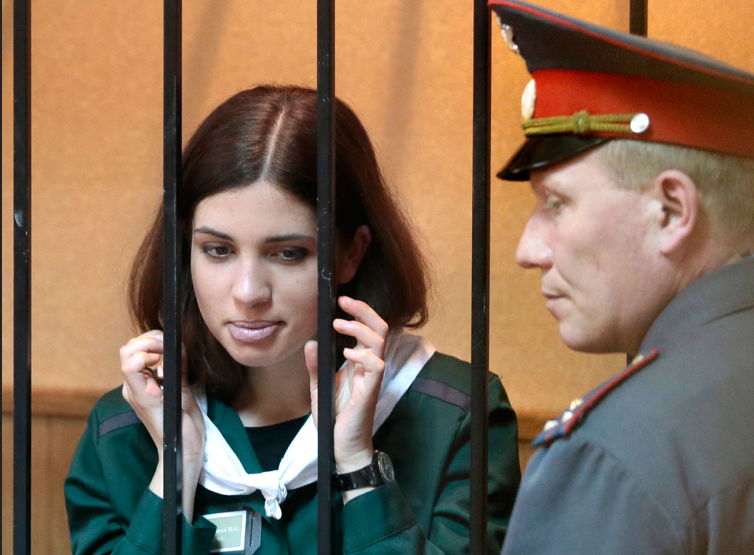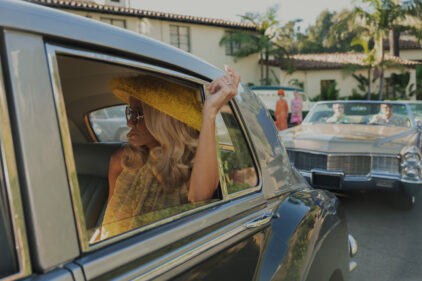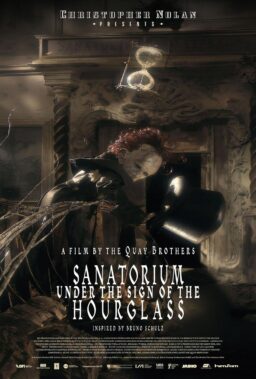You know the story, even if you haven’t seen the video: on February 21, 2012, three women in balaclavas mounted the altar at Christ the Savior Cathedral
in Moscow and began a punk performance, gesticulating and high-kicking to a song called “Punk Prayer.”
After 40 seconds, they
were forcibly removed from the Cathedral. Ultimately, all three were arrested, and two of them were sentenced to two years in Siberian labor camps. Anything one might say about what
makes their trial and imprisonment one of the most compelling news stories of the past several
years might seem a little old hat at this point: it gives insight into the Russian
judicial system, a snapshot of its social climate, and a peek into Vladimir
Putin’s mind; the performers themselves are markedly intelligent, name-dropping
Kafka and Debord during their defense, and certainly not, as their charge suggests,
“hooligans”; the imprisonment is unduly harsh for such an act; the amount of
attention the case has drawn from rock stars such as Sting, Paul McCartney, and
Madonna has been historic. The documentary Pussy Riot: A Punk Prayer (HBO, June 10, 9 p.m.) lets us look closely at three young women who
have been the subject of so much conversation that their
personhood has almost been obscured. It provides a sense of background: the girls’
upbringing, their parents’ personalities, and, perhaps most strikingly, a sense of the opposition: the people who were offended by the rioters’
display.

The women’s names are Nadezhda (Nadia) Tolokonnikova, Maria (Masha) Alyokhina, and Ekaterina (Katia) Samutsevich. They are members of the Pussy Riot collective, a 10+-member feminist performance group
that still stages events regularly. The photos many have already seen of Nadia, Masha and Katia have done a good job of evoking these
women’s personalities. The smiles that flicker across their faces, Nadia’s
fist raised in defiance, and their meditative gazes suggest that the act these
women committed wasn’t nearly as random or as spontaneously iconoclastic as
their video might make it seem. (Indeed, one of their defense layers refers to
the event as “sloppy,” in order to make a point about the harshness of the
punishment.) With more camera time, Nadia, whose fist has become a symbol for
the whole event and its aftermath, gives the sense, though this is never stated
directly, that she is something of a ringleader. What tells
us this is the way she expresses herself: she utters each sentence with great
calm, as when she corrects an interviewer early in the film, who mispronounces
the name of the collective. “Riot,” she says. “Don’t fear that word.” Her large, placid eyes
look at her interrogators as if to say that nothing they might possibly ask
would rattle her. It’s little surprise when we learn, through some provocative
clips, that she has also been a member of a group called Voina, whose public
stunts include kissing policemen in streets and subways and staging an orgy in
a biology museum. She exudes challenge and the desire to provoke, both essential
qualities of charismatic group leaders. Masha’s presence is challenging, too, but in a
different way. She carries herself, when speaking to prosecutors, with an
almost childlike forthrightness, despite the fact that she has a child of her
own—and despite the fact that the film makes her seem, at moments,
understandably wilted by the proceedings.
At the most important times, however,
she rises to the occasion, defying her accusers with confidence and stridence;
when asked if she understands the charges that have been brought against her,
she simply states that she does not, and keeps stating it. Katia (whose
imprisonment was suspended because she was removed from the Cathedral by
authorities before she could do any high kicks or fist-pumps), seems as stolid
as the others but possibly more vulnerable, or more ruffled. Late in the film,
we see her scribbling intensely on her final statement in the courtroom; if
this were a drama, we would think she’d cracked under pressure. Watching her
reunite with her parents when her sentence is suspended is a moment of great
relief—she is quietly the center of sympathy here.
But what of the parents, and the churchgoing witnesses to
the event, and the government? The film balances fair-mindedness and empathy in
this regard; in cases where subjects figuratively hang themselves, they do so
with their own rope. Nadia’s father is definitely the hippest of the “older
set.” He explains that he helped the women write “Punk Prayer”; after initially
expressing concerns about it, he joined in when he saw his daughter’s
enthusiasm, contributing the line “It’s God shit,” followed by a guitar riff. The other parents
read as incomprehending and stricken, but also proud of their children, in some
parental way they can’t really express. Masha’s mother is the only parent who
expresses any direct disapproval, alongside parental love.

This disapproval is
echoed and amplified in a different context by the older subjects interviewed,
most of whom are infuriated for religious or political reasons, or both.
Though some of the Russian Orthodox protesters who show up at the courthouse during the
trial and who stage rallies before it look like thugs, wearing elaborate,
slogan-bearing t-shirts that suggest nothing so much as heavy-metal fanboy
gear, the older churchgoers express their objections, and their
treatment by the filmmakers does little to dampen the lucidity of their statements: the church
was rebuilt by the Russian people’s contributions after it was destroyed in the
early 20th century, making it a place of both historical and
religious value—and not a stage for political protest. Their statements, though,
clear as they might be, only call into relief Pussy Riot’s statements, during
the trial, that the performance was a strike against the union of church and
state under Vladimir Putin’s regime, and not a strike against religion. We
understand both sides, and yet have to feel more deeply for the young women,
because… well, who wouldn’t? Putin himself appears several times in the film, projecting
the same simian humorlessness he presents elsewhere—his bearing says
more about the sociopolitical context in which this event occurred than any amount
of courtroom footage might offer.
It would be easy to come away from this documentary with a
number of clichés: thank goodness for American freedoms, music is the greatest
outlet for political outrage, and so on. And yet the most lasting lesson the
film teaches concerns the true nature of activism—one would have to think the
young women, born and raised in Russia, knew what would happen to them. And yet
the image the film projects is that of three people who have a different, many
would say clearer, understanding of their society than their relatives or than
other citizens and, in a particularly clear-headed moment, acted on that
understanding, and in so doing, turned a very bright harsh light on injustice.
Sounds gratifying, doesn’t it?












